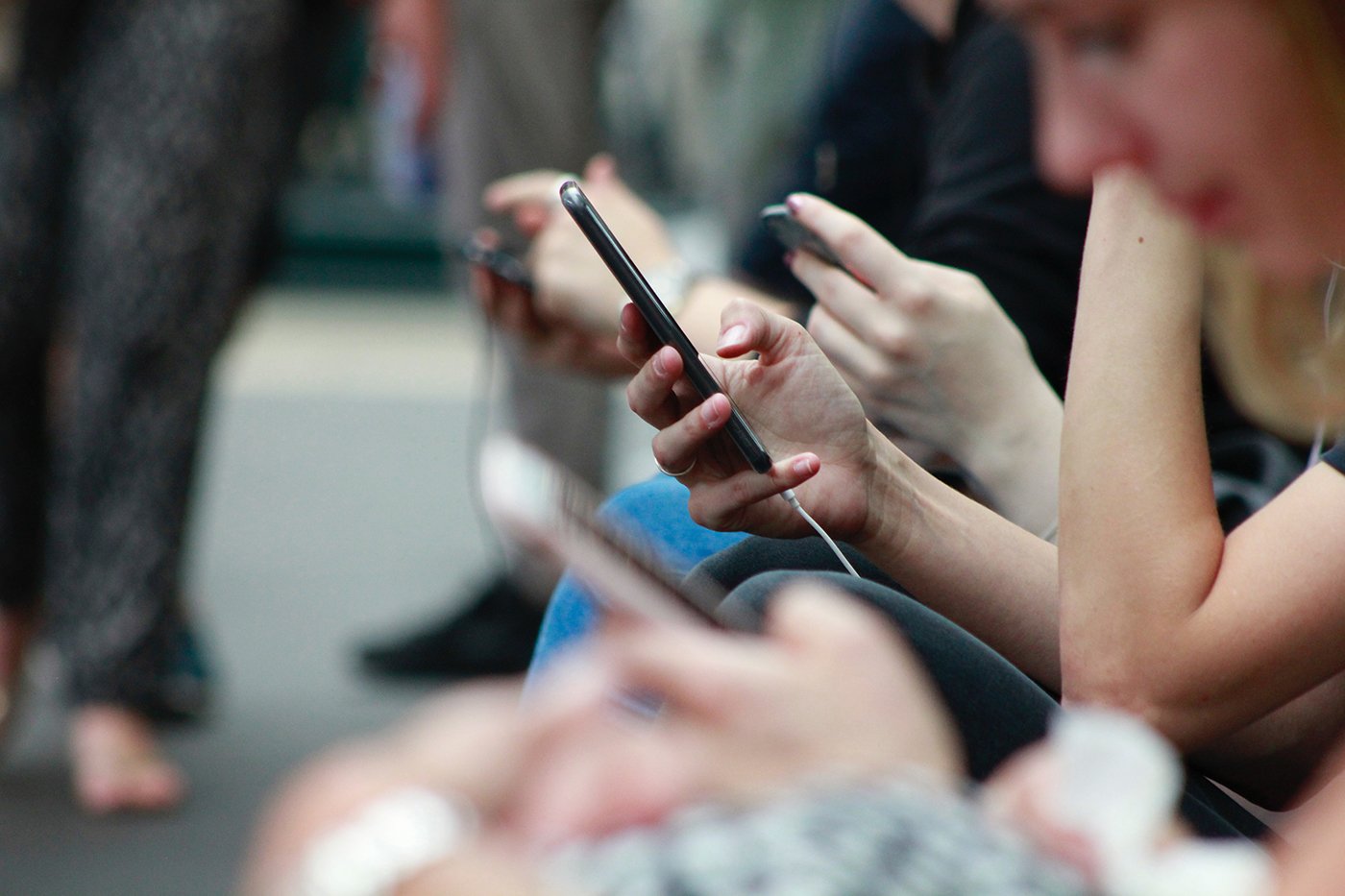In the noisy and ever-evolving world of advertising and marketing, it’s more important than ever to find creative ways to break through the clutter. The digital age gives us exposure to a host of channels through which companies and brands can reach us using different mechanisms. However, occupying a unique space, like B2B, presents unique considerations that brands and companies must keep top of mind to connect with their target audiences.
Our team recently attended the American Marketing Association’s Executive Luncheon on effectively reaching your target audience with B2B influencer marketing. We’ll break down the top 5 best practices and insights your business should consider when leveraging influencer marketing.
Grow your brand team and seek big personalities to amplify your message across your channels
An influencer doesn’t have to be a celebrity or someone with a massive online following. A B2B influencer tells stories on behalf of your company, weaving narratives around the ideas you’re looking to promote. An influencer can be a member of the C-suite, an investor or an employee. Establishing brand storytellers both in and out of house helps share your message in a personable and organic manner. After an influencer is secured, building and nurturing an ongoing relationship ensures continuity in your partnership and subsequently in your marketing. Quality over quantity should be kept in mind when selecting influencers for what should be a mutually beneficial relationship. When you have someone in mind, do an audit of their social media and online presence to ensure they are brand safe and align with your key messages.
Action Item: Make sure you ask the right questions. Some to keep in mind include “Who is influential in my organization? Who makes buying decisions and which influencers can speak to them? Who can best contribute to brand affinity?”
Start small
You don’t have to dive head first into B2B influencer marketing. Adapt a test-and-learn mindset and note which strategies work and which don’t. For example, use A/B testing to internally gauge the efficacy of your campaigns and tweak them accordingly. Going all in on a small scale to test success is more practical than undertaking a large campaign and realizing some influencers aren’t the best fit. Additionally, weave influencer marketing into your existing traditional efforts as a supplement, not a replacement, to bolster your message.
Action item: Define goals in the initial stages of your influencer marketing campaign. Clearly outline what makes sense for you and your influencers from a content standpoint.
Know your audience
Understanding that different demographics trend toward different channels will ensure you don’t compromise engagement on your B2B influencer marketing campaign. Older users tend to congregate on Facebook, while most younger users hang out in photo-sharing apps. Corporate presences trend across the board from LinkedIn to Facebook to Twitter, so meeting your ideal audience where you know they are allows you to reap maximum benefit from your campaign.
Action item: In B2B, we have to get creative about finding the right audience. Leveraging thought leadership tools like podcasts, executive meetups and tried-and-true cold outreach on LinkedIn can help you locate your ideal storytellers.
Go with the flow
Keeping your influencer marketing efforts organic helps the conversation around what you’re promoting flow naturally. When people feel like they’re being force fed sponsored content, it can quickly become off putting. To avoid this, make sure your influencers naturally weave your message into the content as seamlessly as possible.
Action item: Deploy social listening tools to monitor what people are saying around your product or brand and use this as a jumping off point for crafting pointed, deliberate messages at the people you want to reach most. This way, you can organically appear in their feed with messaging that directly grabs their attention.
Measure your ROI
The best way to measure success of B2B influencer marketing campaigns is by examining engagements across your channels; email and social media. Retweets, likes, follows, and shares are all solid indicators of how well your campaign performed. If you sell a product, examine your sales data and note any trends or changes that arise after you roll out your campaign.
Action item: Do an audit six weeks before and six weeks after you run a campaign. This way, you’ll be able to delineate the progression of your engagements and the addition of value to your business.

 4 min read
4 min read





 6 min read
6 min read

